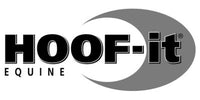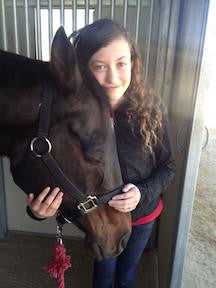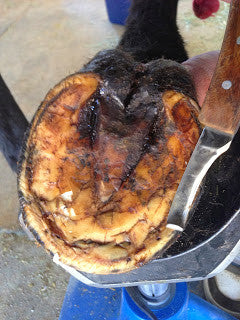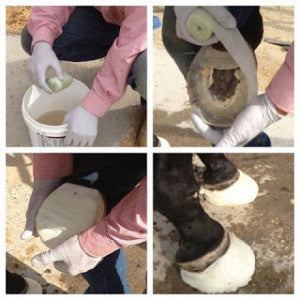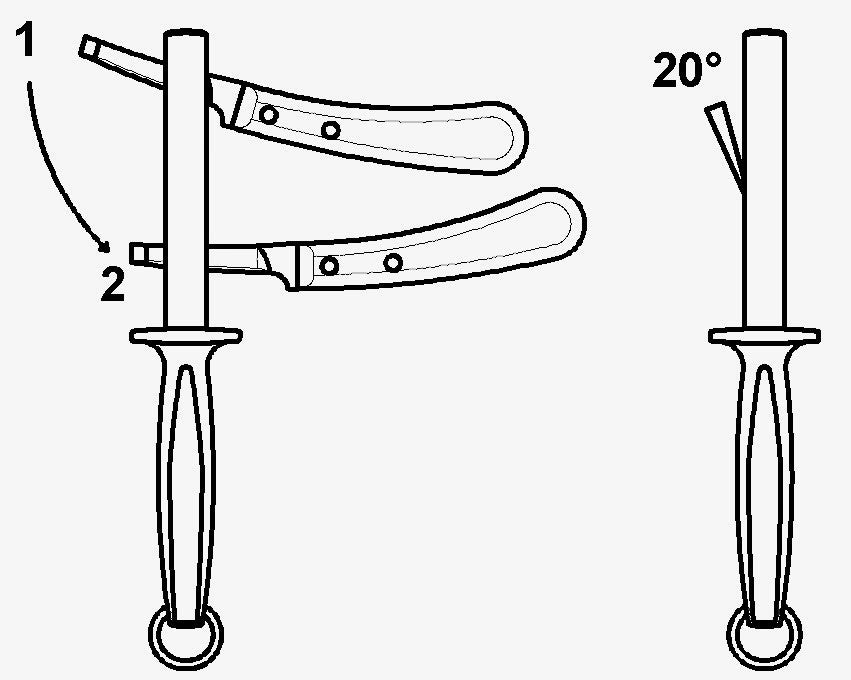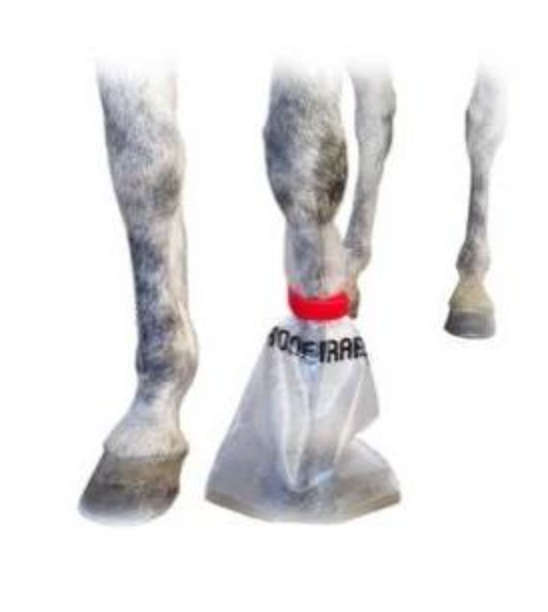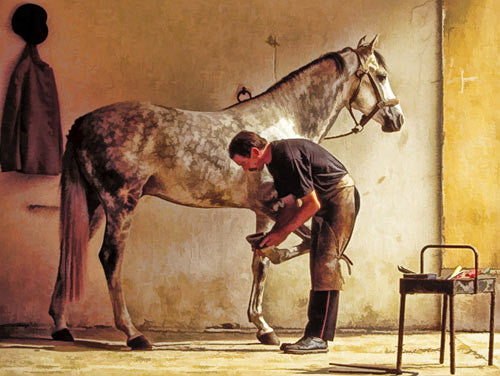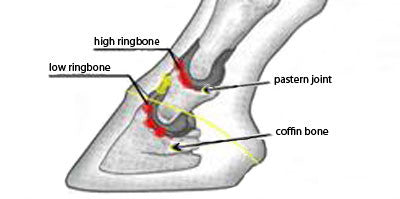Carriage Horse Operator Question:
Q: “I own a carriage company and the town we service just told us we may no longer use steel horseshoes because they are damaging the roads. How does your Natural Flex Plastic Horseshoe do on roads?” – A Desperate Carriage Operator
A: Our HOOF-it Natural Flex Plastic Horseshoes have proven them selves over and over again. We have many carriage operations successfully using our shoes for heavy working road horses. They not only have better traction than steel shoes, they also offer concussion dampening from standing and walking on pavement. We are proud to offer our alternative horseshoes in a wide array of sizes. US size 00 all the way through a draft horse size 10.
HOOF-it has been offering alternative horseshoes for well over 15 years. Our shoes have been used on endurance horses, cow horses, dressage horses, jumping horses, mounted police horses, carriage horses, roping horses, parade horses, vaulting horses, trail horses and many more.
- Lighter Weight
- Reduced Concussion
- Frog support
- Durability
- Increased traction on all terrain which prevents injuries to your horse both under saddle and during turn-out.
Draft horses and all horses ridden on pavement perform far better when shod with composite shoes. Composite horseshoeing provides therapeutic benefits for chronic conditions such as ring bone, laminitis and navicular disease. Traditional nail placement is easy due to the transparency of the shoes.
